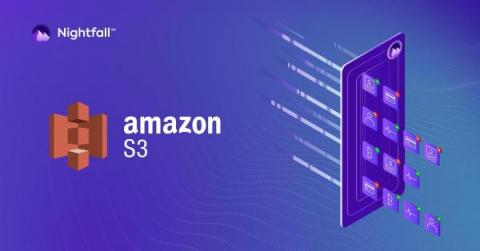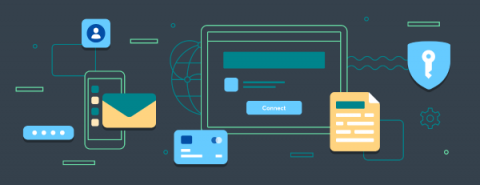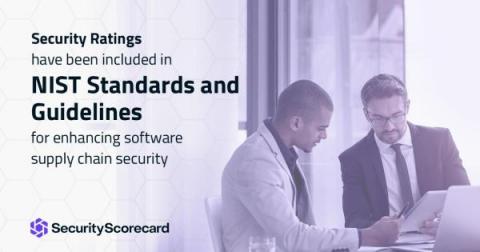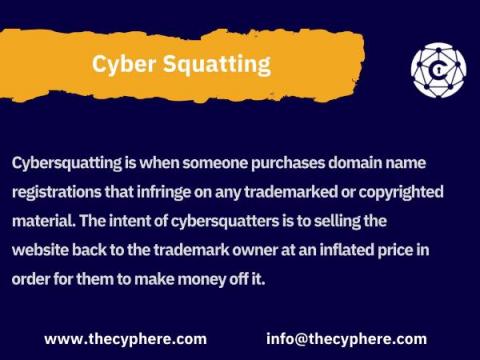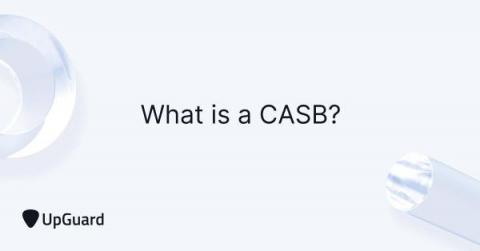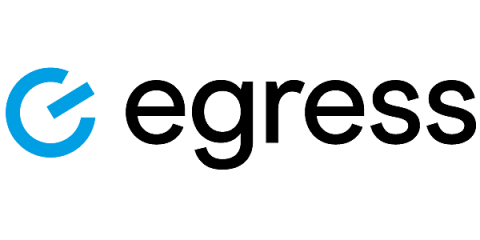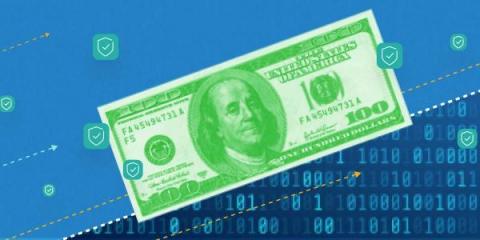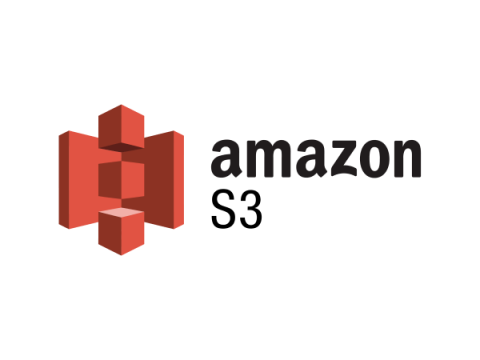Scanning Amazon S3 Buckets with Nightfall Data Loss Prevention (DLP)
In this tutorial, we will walk through the end-to-end process of scanning your Amazon S3 buckets for sensitive data with Nightfall’s S3 Sensitive Data Scanner. By the end of this tutorial, you will have an exported spreadsheet report (CSV) of the sensitive data in your S3 buckets.


